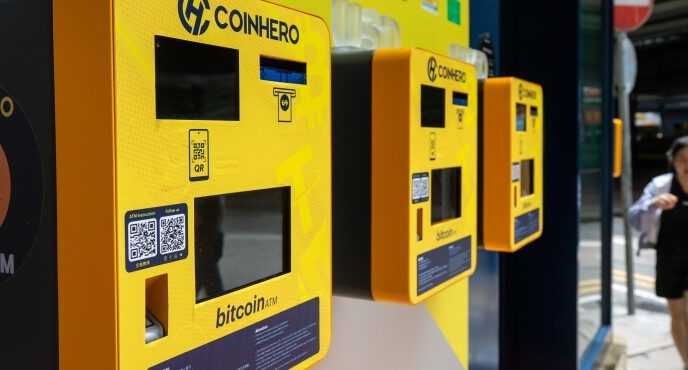The second patient to receive a brain implant from Neuralink has already learned to play video games via the chip, but was also able to use computer-aided design (CAD) software, just one month after receiving the brain-computer interface (BCI).
The neuroscience technology company founded by Twitter owner Elon Musk, posted a progress report on the second participant in its ongoing study on Wednesday. The report outlined the experience of the anonymous patient, referred to as Alex, who received the Neuralink chip in August after the developer received FDA approval for the second study in May.
“If all goes well, there will be hundreds of people with Neuralinks within a few years, maybe tens of thousands within five years, millions within ten years,” Musk wrote, sharing the news on X (aka Twitter).
Neuralink is developing its Link implant to help enhance the control of digital devices for people with quadriplegia—paralyzed from the neck down—and ultimately help them complete day-to-day tasks with autonomy.
Neuralink said Alex broke the record for brain-computer interface cursor control on the first day of using the Link, going on to play the first-person shooter game CounterStrike 2. He said the experience was preferable to using a mouth-operated joystick.
“Just running around is so enjoyable because I can look side to side, and not need to move Quadstick left and right… I can [think about where to] look, and it goes where I want it to,” Alex said in the update. “It’s insane.”
Neuralink said Alex could also use standard 3-D design software from Autodesk called Fusion 360, designing a mount for his Neuralink charger that was 3-D printed and attached to his laptop stand.
“We are working with Alex to increase his productivity with the Link by mapping intended movements to different types of mouse clicks (e.g., left, right, middle), thereby expanding the number of controls he has and enabling him to quickly switch between various modes in CAD software (e.g., zoom, scroll, pan, click-and-drag),” the company wrote.
“I’m already super impressed with how this works,” Alex said in the update. “The Link is a big step on the path of regaining freedom and independence for myself.”
In January, Neuralink implanted its brain-computer interface chip in its first human patient, Noland Arbaugh, an Arizona man left without the use of his limbs after an accident. While Arbaugh’s tests were set back when some of the Neuralink threads slipped out, he said the experience went well. The company said he had broken the record for brain-computer interface cursor control at the time.
“I thought that the mouth stick was a lot better than BCI a month ago,” Arbaugh said at the time. “When we compared them, I saw that BCI was just as good if not better, and it’s still improving—the games I can play now are leaps and bounds better than previous ones.”
Redefining the boundaries of human capability requires pioneers.
If you have quadriplegia and want to explore new ways of controlling your computer, we invite you to participate in our clinical trial. pic.twitter.com/svqfAkVV1M
— Neuralink (@neuralink) May 16, 2024
It hasn’t always been smooth sailing for Neuralink. According to a Reuter’s report, roughly 1,500 animals, mostly large mammals, died in the company’s lab as it developed a method to connect their brains to a brain-computer interface.
In May, Neuralink co-founder Benjamin Rapoport told the Wall Street Journal he left the firm over safety concerns, believing that there were safer ways to connect humans to computers.
“I’ve pretty much devoted my entire professional life to bringing neural interfaces from the world of science to the world of medicine,” Rapoport said. “But I felt that in order to move to the world of medicine and technology, safety is paramount.”
Edited by Ryan Ozawa.
Generally Intelligent Newsletter
A weekly AI journey narrated by Gen, a generative AI model.
Source link
Jason Nelson
https://decrypt.co/245875/neuralink-update-alex-counterstrike-cad-software-brain-implant
2024-08-22 02:35:28












